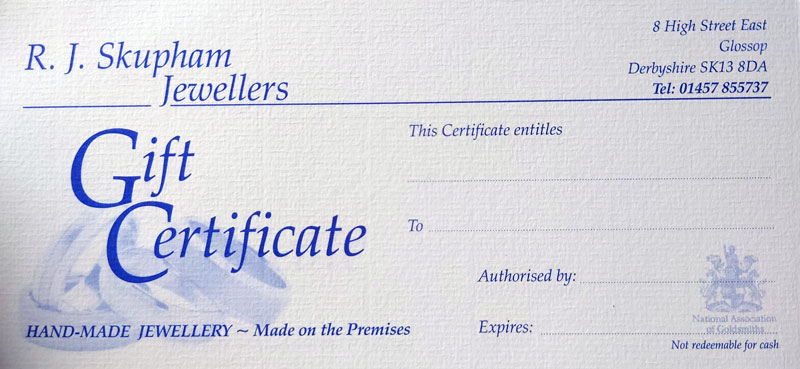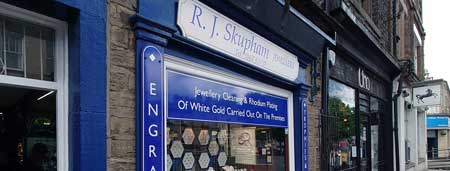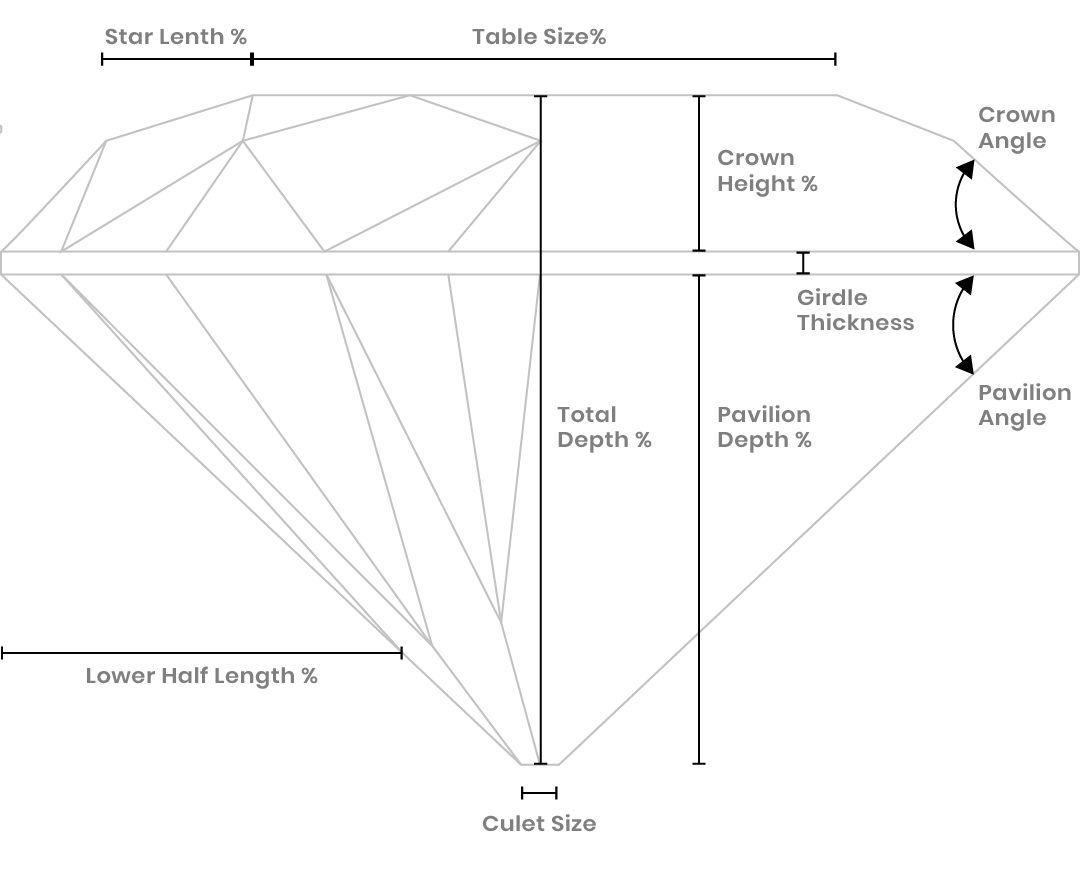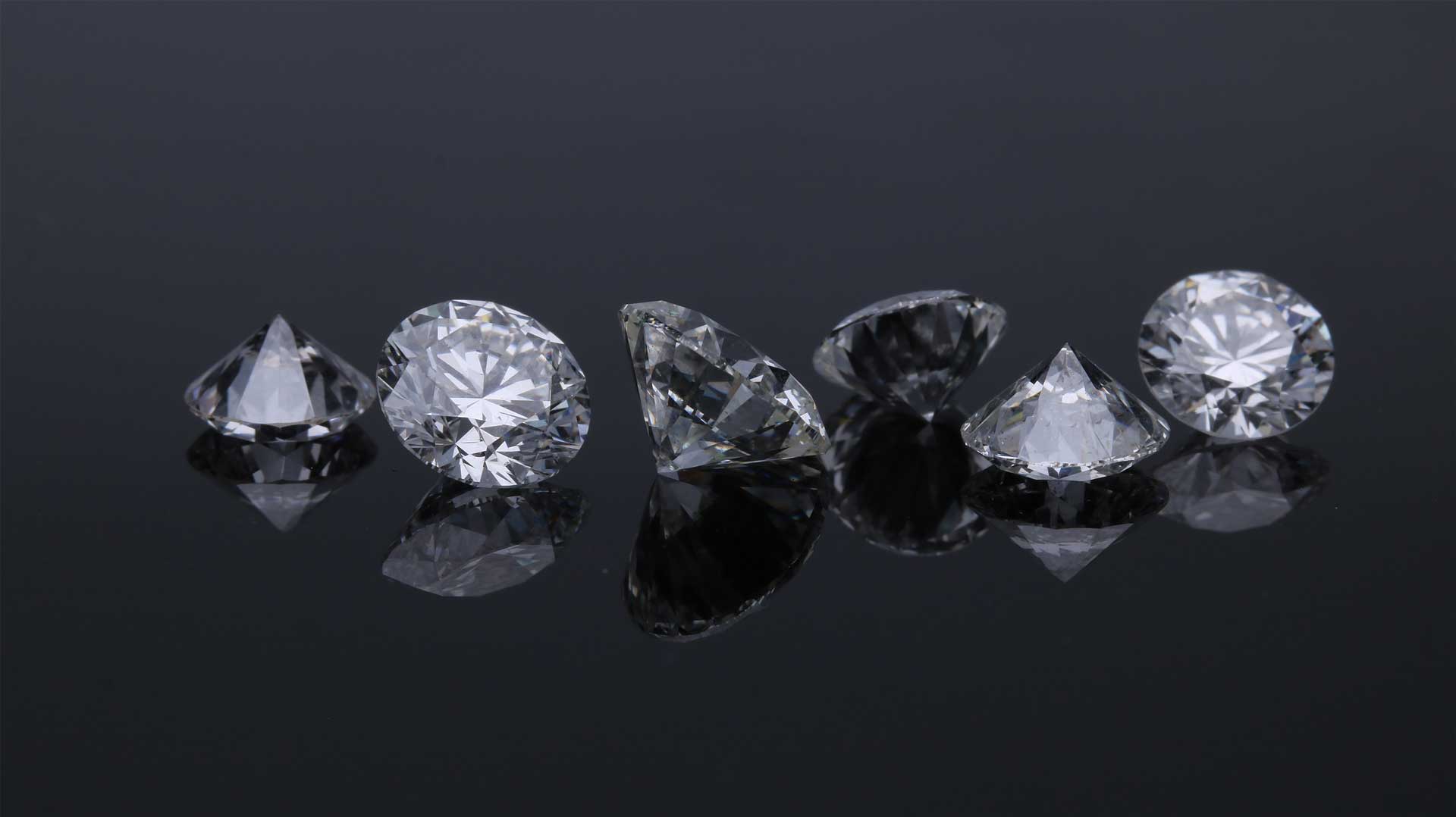Booking Form

Skupham’s Jewellers is a long-established family run business. We pride ourselves on providing honest and practical solutions to all enquiries. Our longstanding client base is testament to our friendly approach and quality craftsmanship.
Enquire
Leave a Message
01457 855 737
Email Directly
Get Directions
Store Hours
Open: All Week 9am – 5pm
Closed: Sunday














